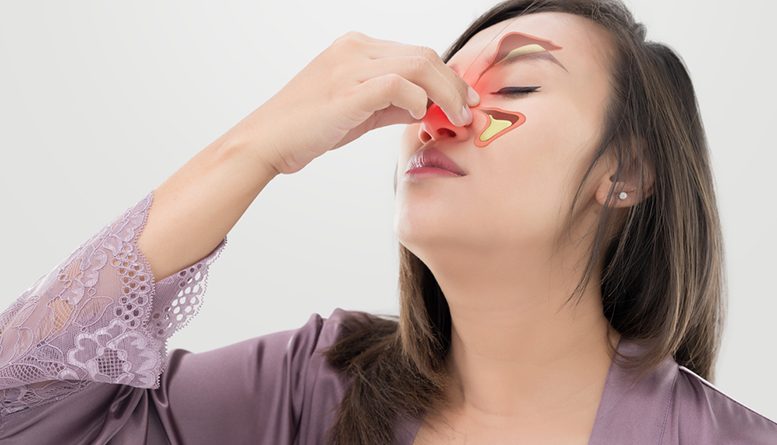Nasal congestion, also known as a stuffy nose or head congestion, is caused by the swelling of the nasal passages as well as the surrounding vessels along with an overproduction of mucus. Nasal congestion is typically more of an inconvenience than a serious issue, but it can also be a symptom of a more severe underlying cause. Nasal congestion can particularly be problematic among babies.
When to Contact Your Physician
Here are some of the instances that render a doctor visit necessary:
– You symptoms have persisted for longer than 10 days.
– Your stuffy nose is accompanied by a high fever.
– Your mucus is green or yellow, and a runny nose is coupled with the symptoms of fever or sinus pressure. A combination of these symptoms may point to a bacterial infection.
– Your nasal discharge has blood in it or consistently clear following a head trauma.
When to Contact Your Child’s Pediatrician
Nasal congestion may be more troubling in babies, so be extra cautious where they are concerned. Here are the instances that warrant a doctor visit:
– A baby younger than 2 months with a fever
– Your baby’s nasal congestion makes nursing or their breathing difficult
Relieving Nasal Congestion Symptoms
Before you pay your physician a visit, you can give these options a whirl to get relief from nasal congestion:
– Blowing your nose lightly
– If your runny nose results in continuous, watery secretions that are often coupled with itchy eyes and sneezing, your nasal congestion may be caused by an allergy, so keep clear of allergens, and you can also try over-the-counter antihistamines. The most common antihistamines in use are Benadryl and Claritin.
– In babies and infants, you can use a rubber bulb syringe to get rid of any discharge.
When too much mucus builds up behind your throat, you can try:
– Keeping clear of known irritants like cigarette smoke and abrupt climate changes.
– Having lots of water as fluids can loosen nasal discharge.
– Use nasal decongestant sprays or nasal wash systems such as a neti pot. A good option may be a decongestant containing the ingredient pseudoephedrine.
Featured Image: Depositphotos/© Tharakorn




